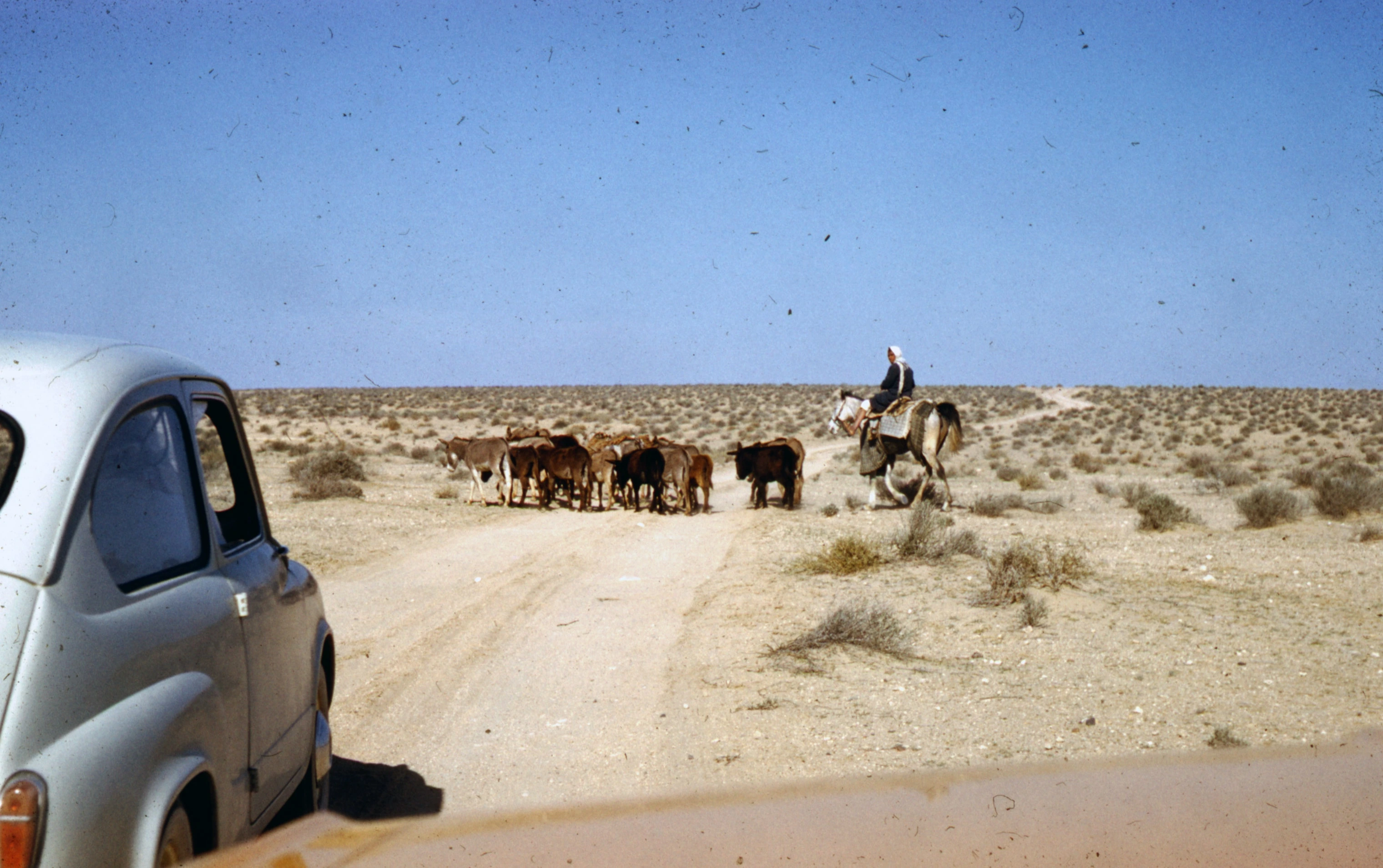Sample by My Essay Writer
How the presence of oil in the Middle East had a significant impact on the people of non-oil producing states in the region? If so, in what ways? Develop an argument with specific reference to at least two non-oil-producing states.
Oil is the lifeblood of each state in the Middle East, whether the state produces oil or not. The trickle effect of the much-prosperous oil-rich states significantly affects the non-oil producing regions in the Middle East.

From 1965 to 1985, the Middle Eastern economy witnessed a dramatic climb in the price of oil, due largely to the 1973 Arab-Israeli War and the 1979 Iranian Revolution.
Saudi Arabia, Iran, Kuwait, the United Arab Emirates, Qatar and Iraq saw a dramatic increase in the profitability of their exports when the price for oil rose. The economies flourished, and individuals in these nations benefitted from a massive increase in the number of jobs.
But the prosperity didn’t end with these oil-rich countries. Other Middle Eastern countries, such as Jordan, Yemen, Egypt and the Palestinian region also flourished. The demand for workers was so high that the countries rich with oil needed workers from outside their borders. The jobs opportunities were seemingly endless, as the need for not only oil-field workers, but also construction workers and teachers kept up the demand for a workforce all over the Middle East.

The money earned by these workers was mostly returned to the families in their home countries and the families in turn spent the money on local goods and services, which fueled the local economies.
The social effects of the improvements in the economies were enormous. Infant mortality was cut in half, the average person lived an additional 10 years, more children were enrolled in school, and the adult literacy went up from around 34 percent to 53 percent in the span of 20 years (1970 to 1990).
However, the wealth wasn’t distributed evenly. The oil-producing countries experienced a much high volume of growth than did the peripheral countries. While all the economies of all the states improved, the income gap grew wider from state to state. The states that experienced the majority of the growth were rivalling the prosperity of some western European countries. But Yemen and Jordan, though improved, were still among the poorest countries in the world.
The high-volume prosperity eventually ended in 1986 when the price for a barrel of oil fell from $28 to $10. The drop occurred within about six months. Every state in the Middle East was affected, as jobs were lost and foreign aid from the oil producing states to the non-oil producing states virtually vanished.
While the price for oil has since risen significantly, the population growth has created a shortage in jobs. The non-oil-producing countries are now seeing a similar affect as to what occurred from 1965 to 1985, but to a much smaller scale.







